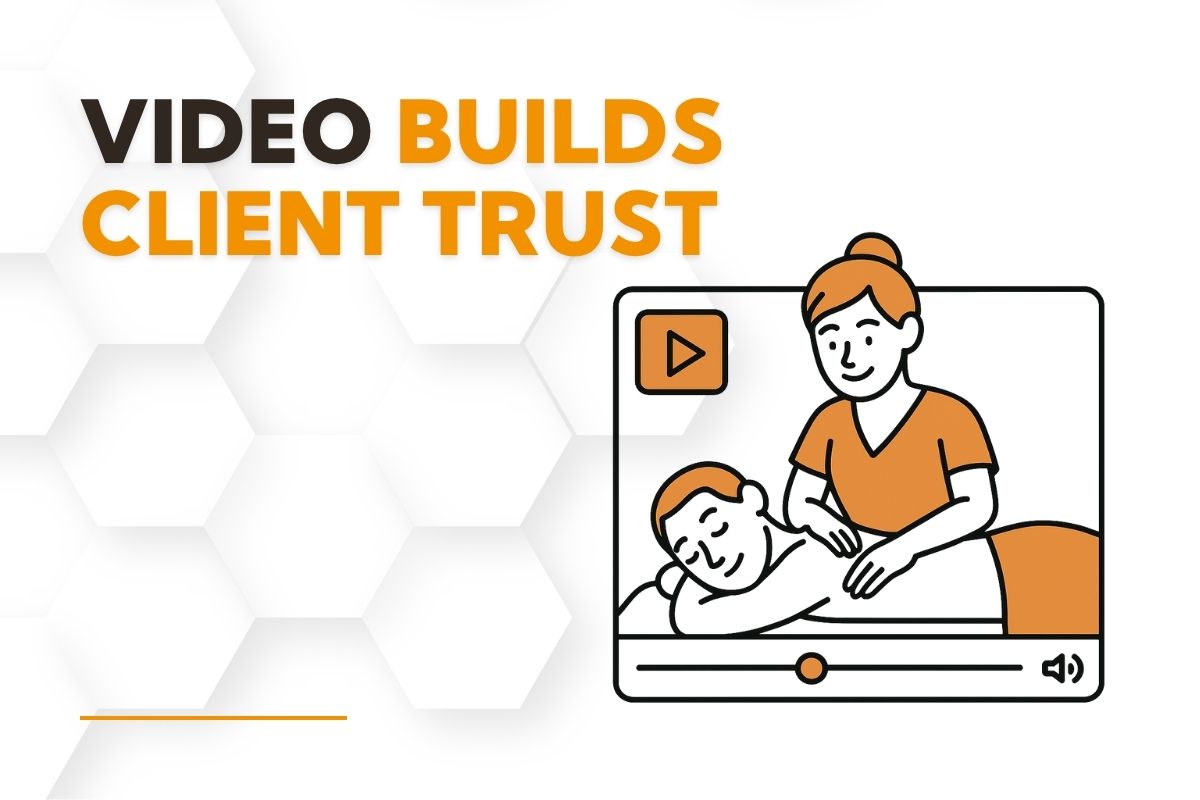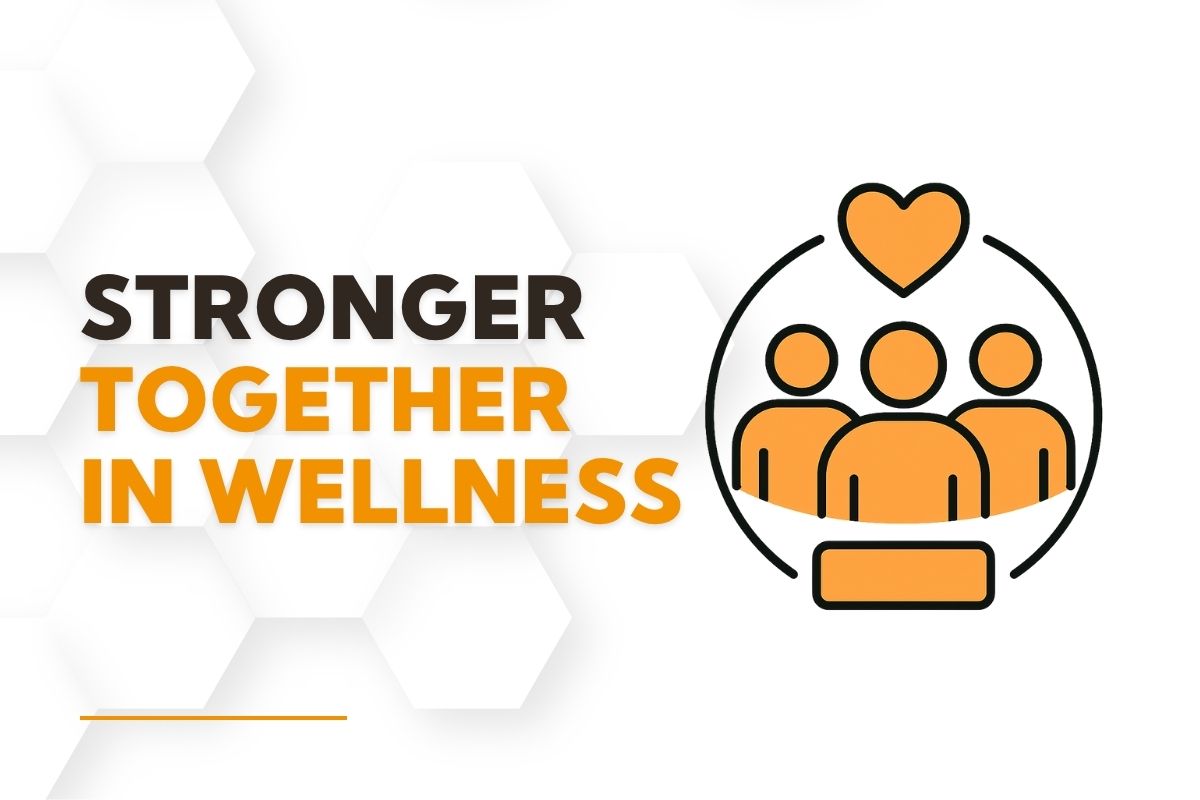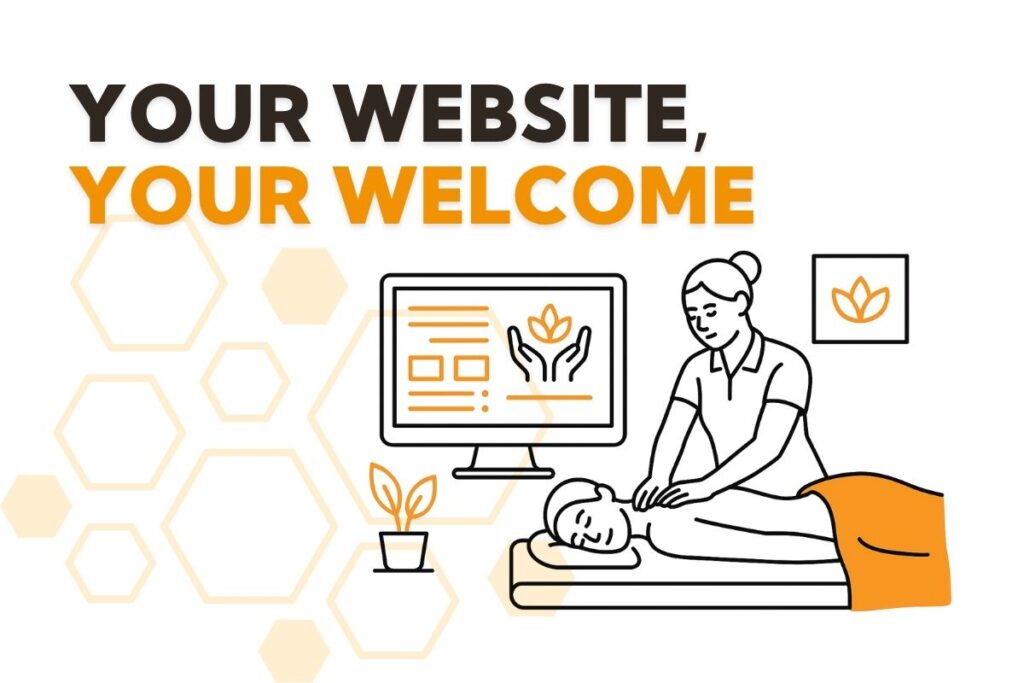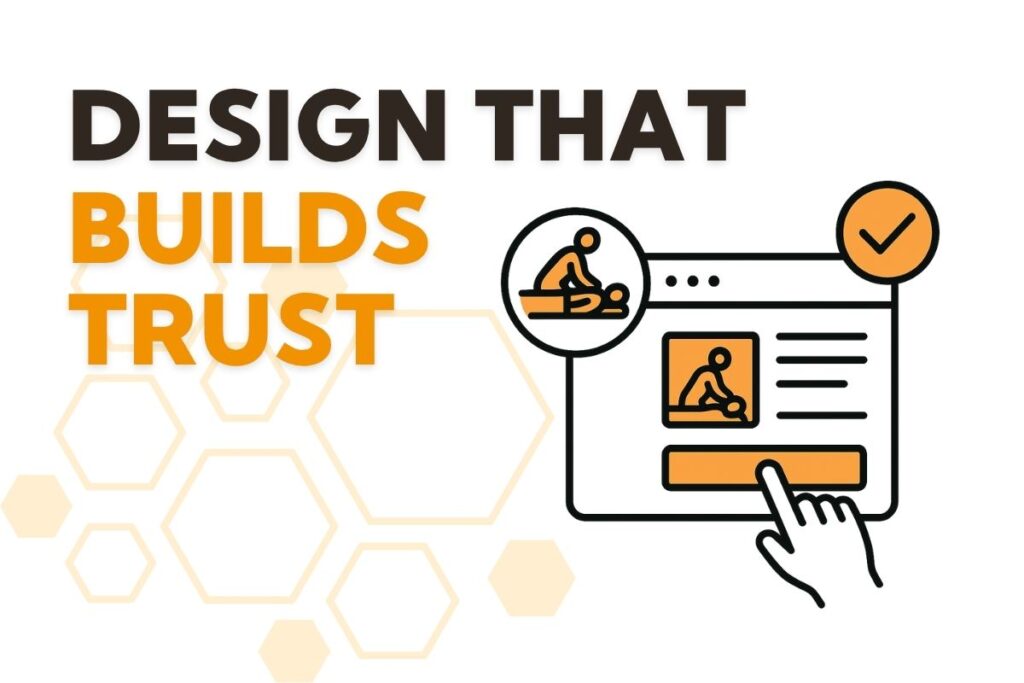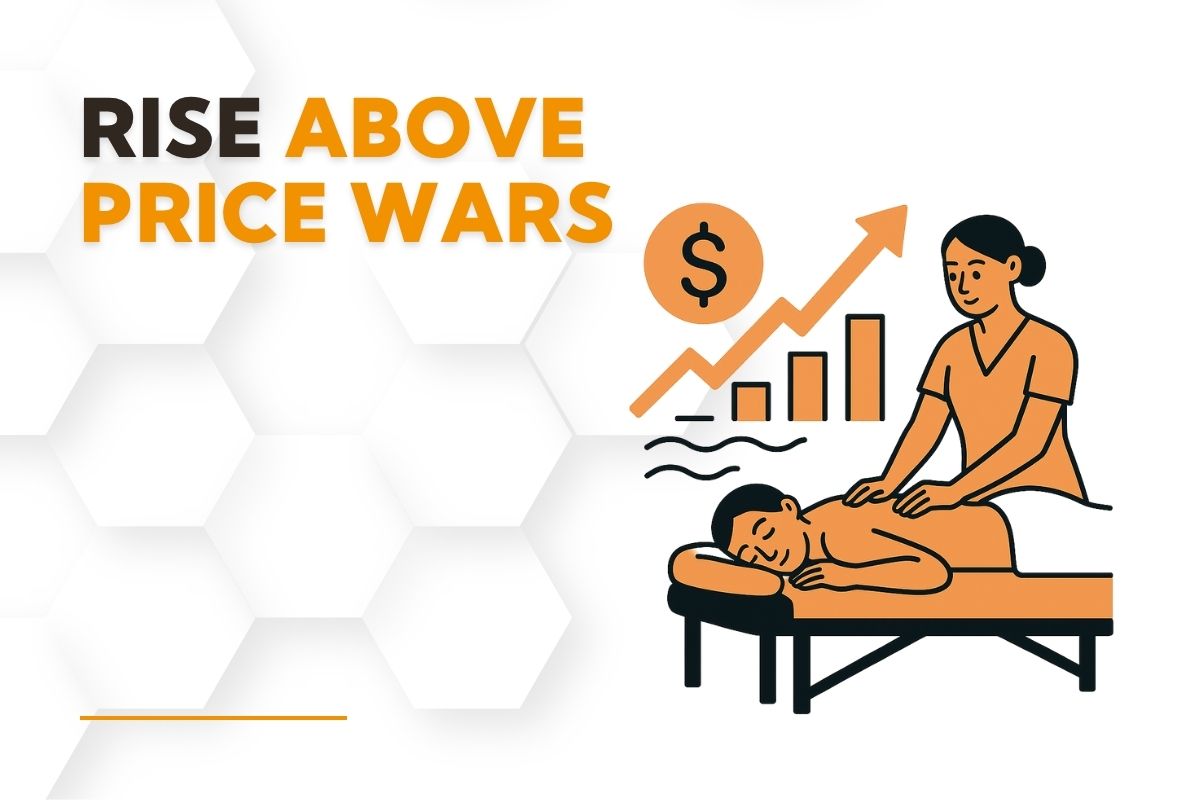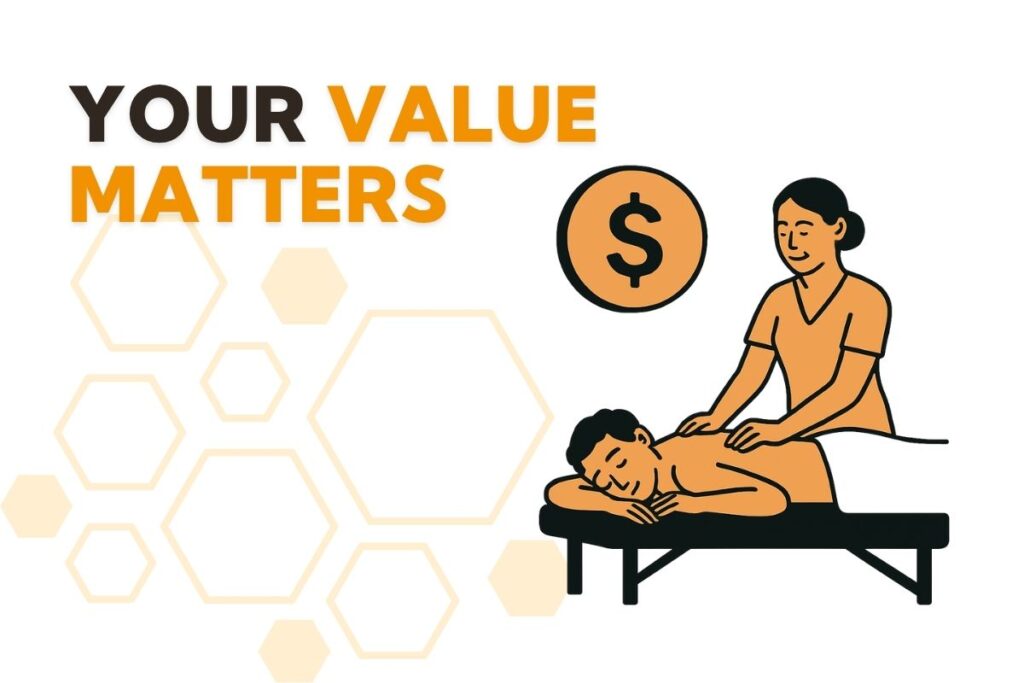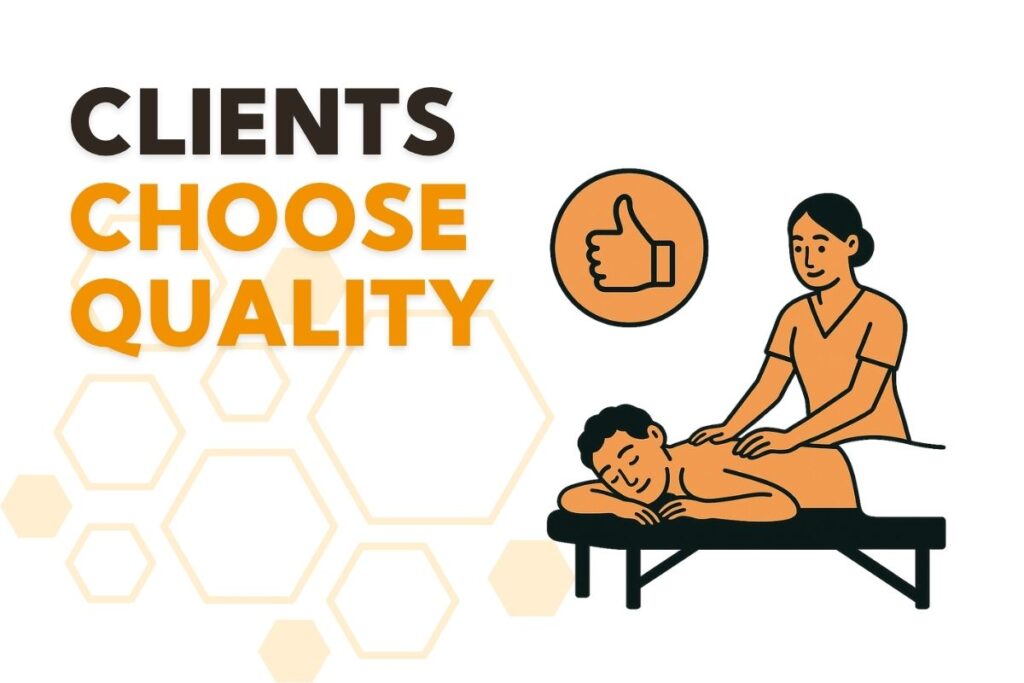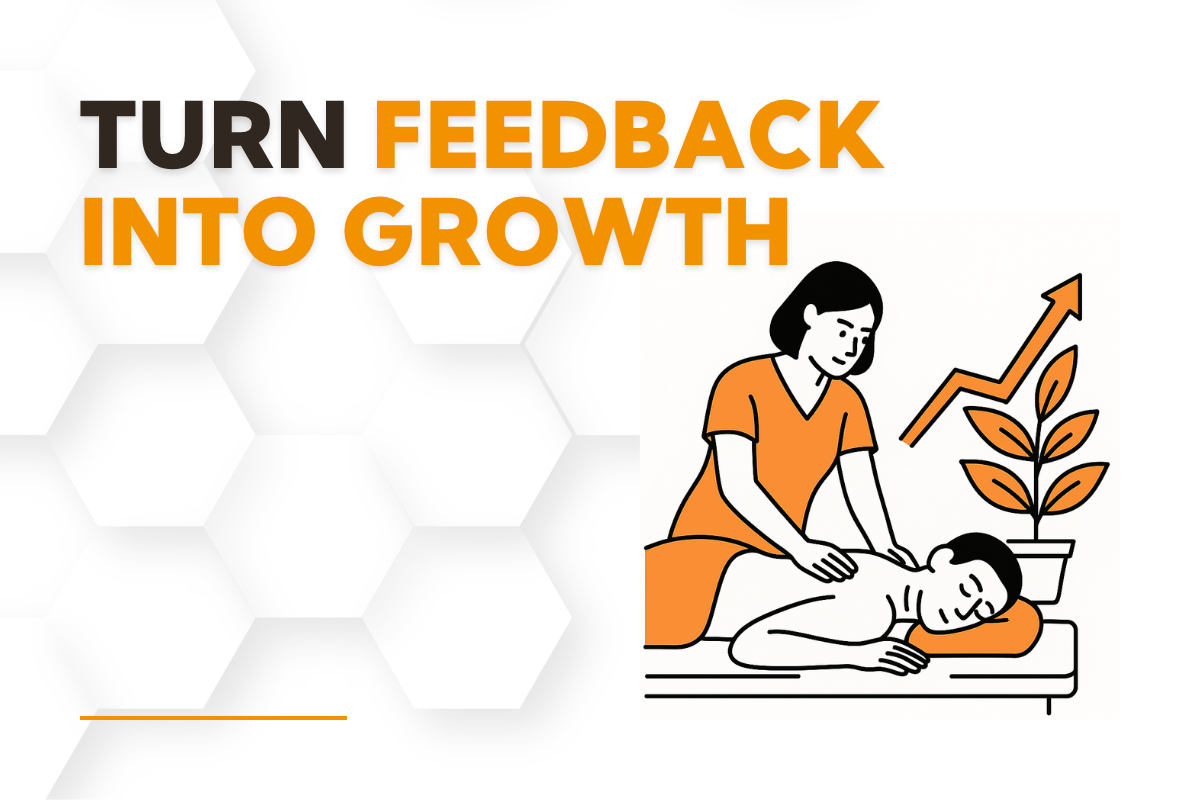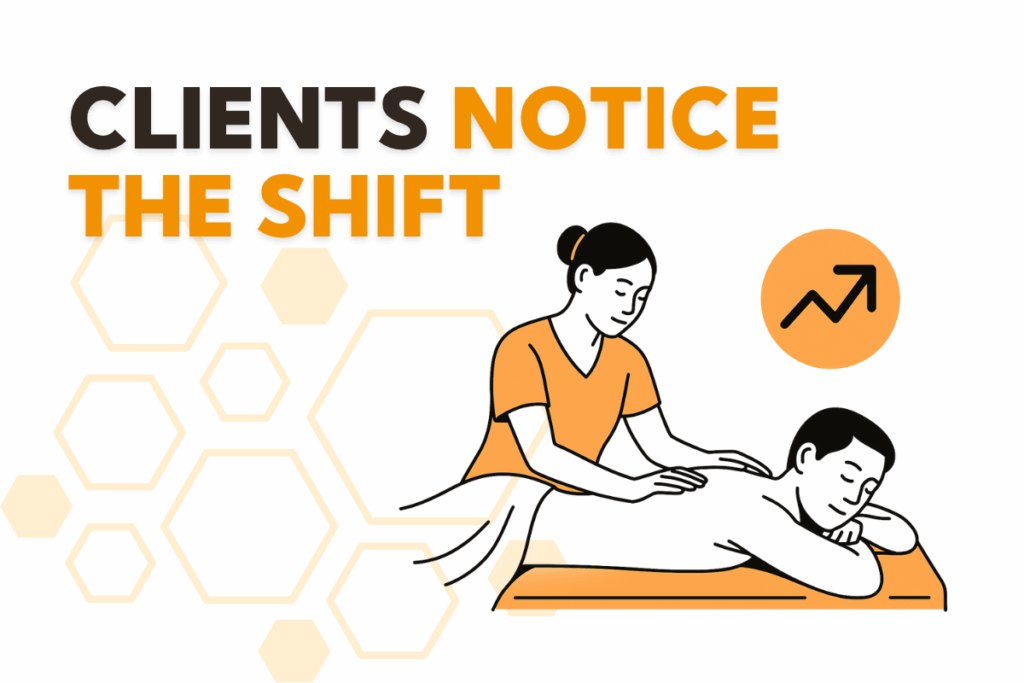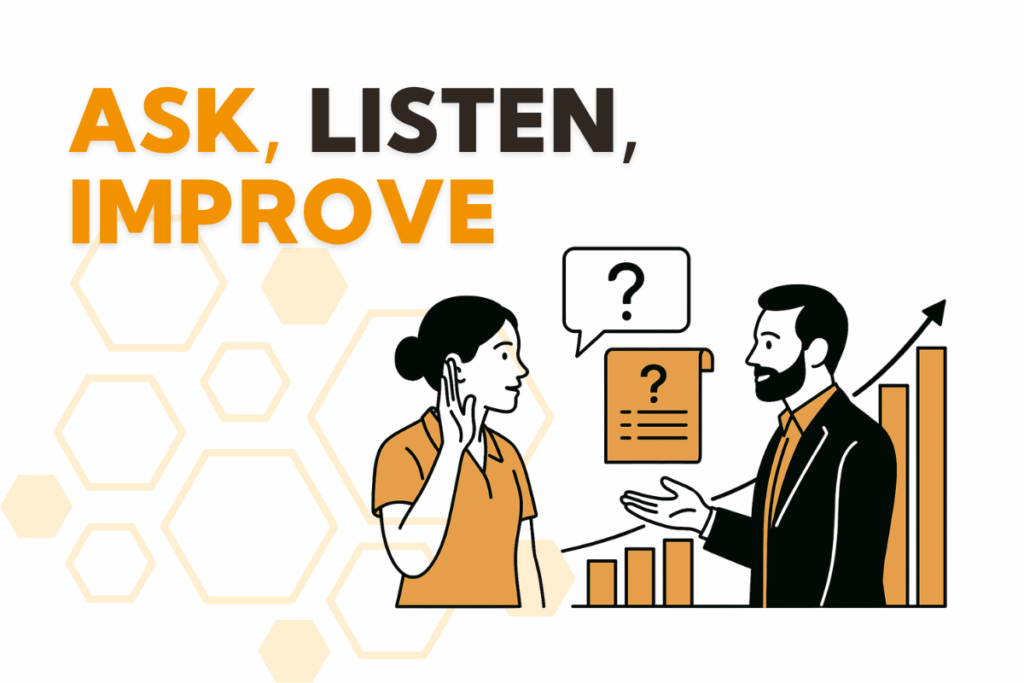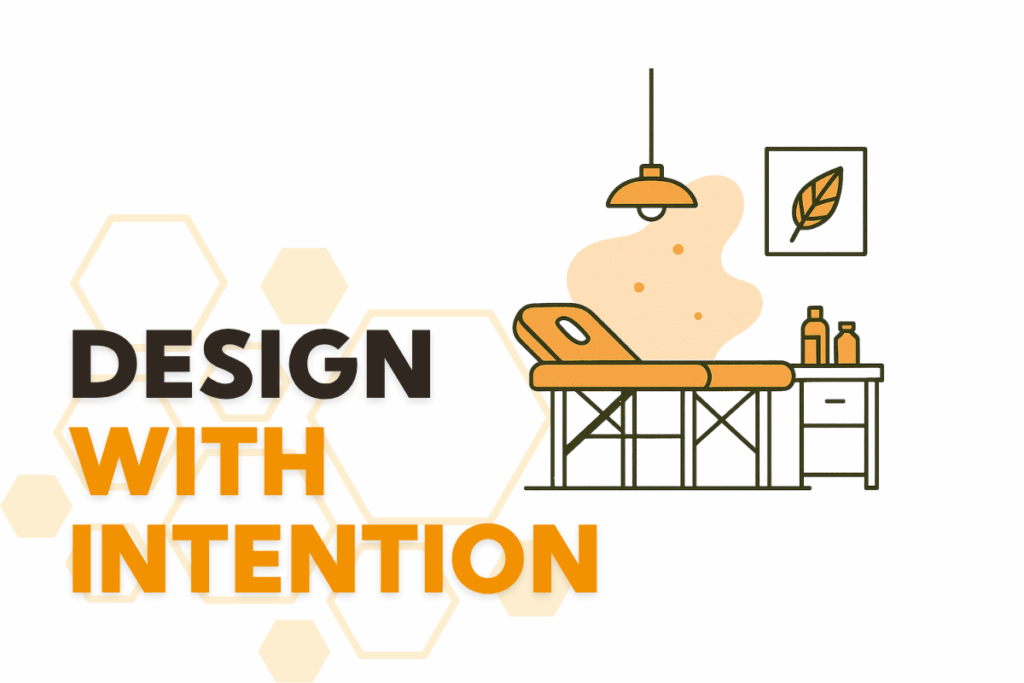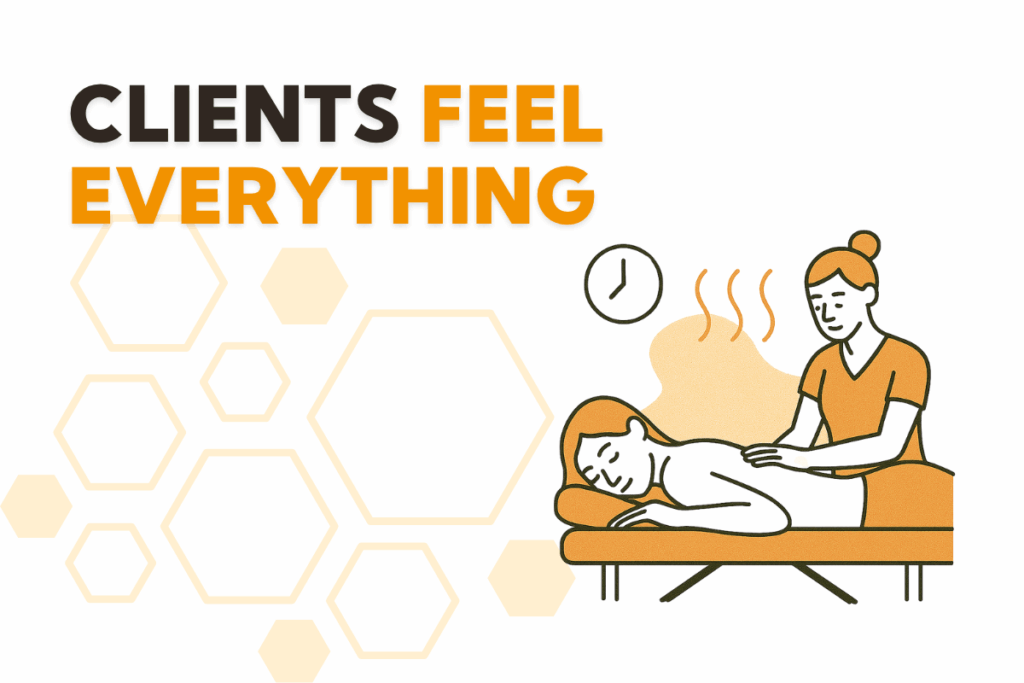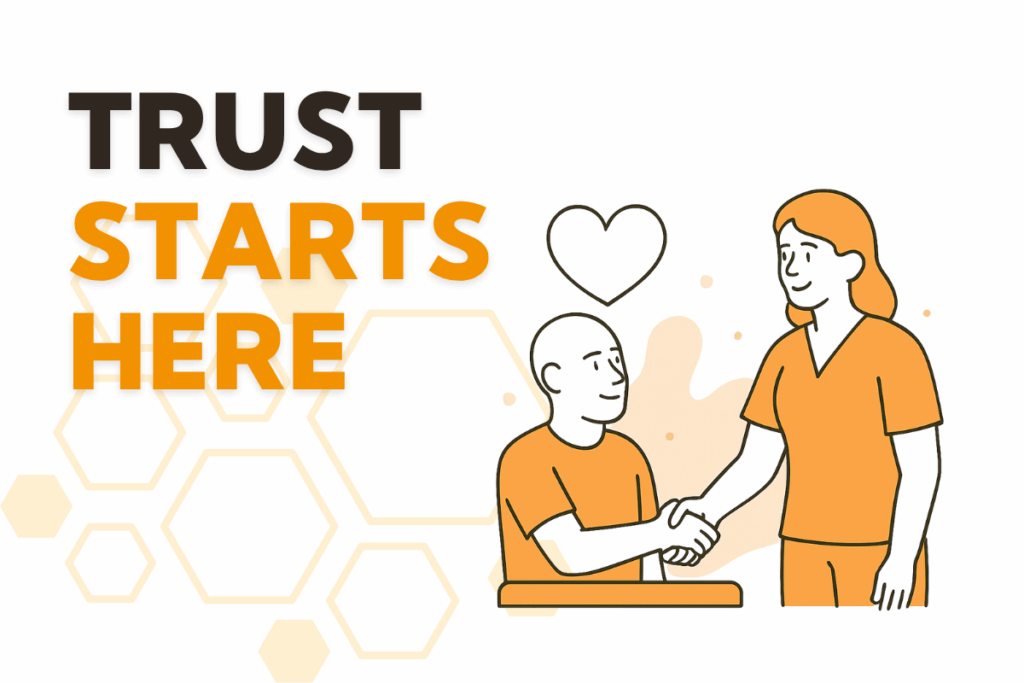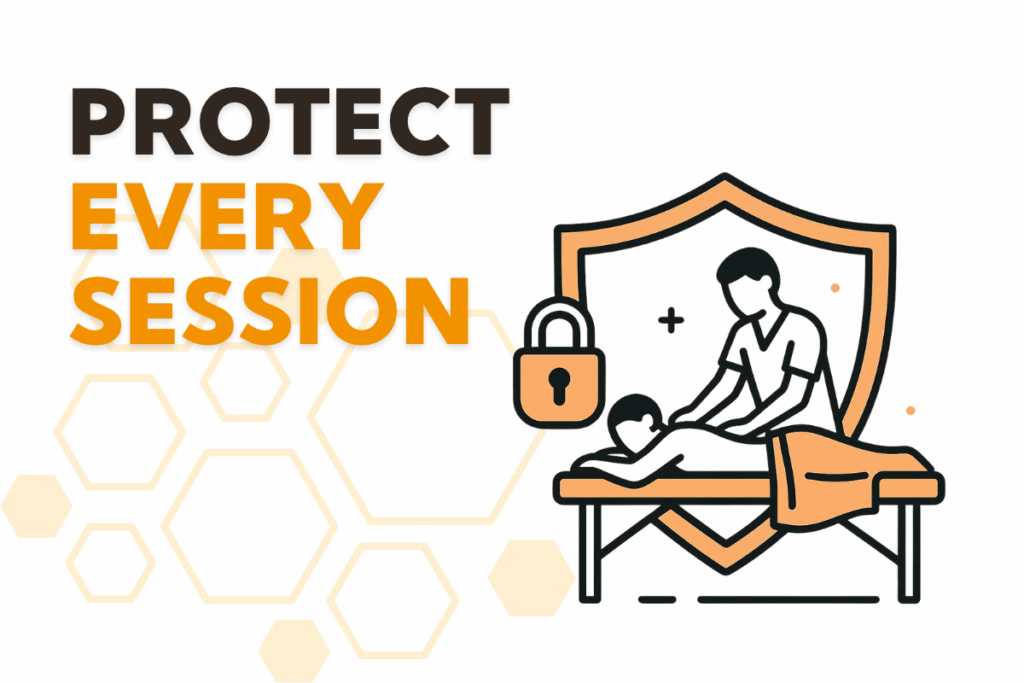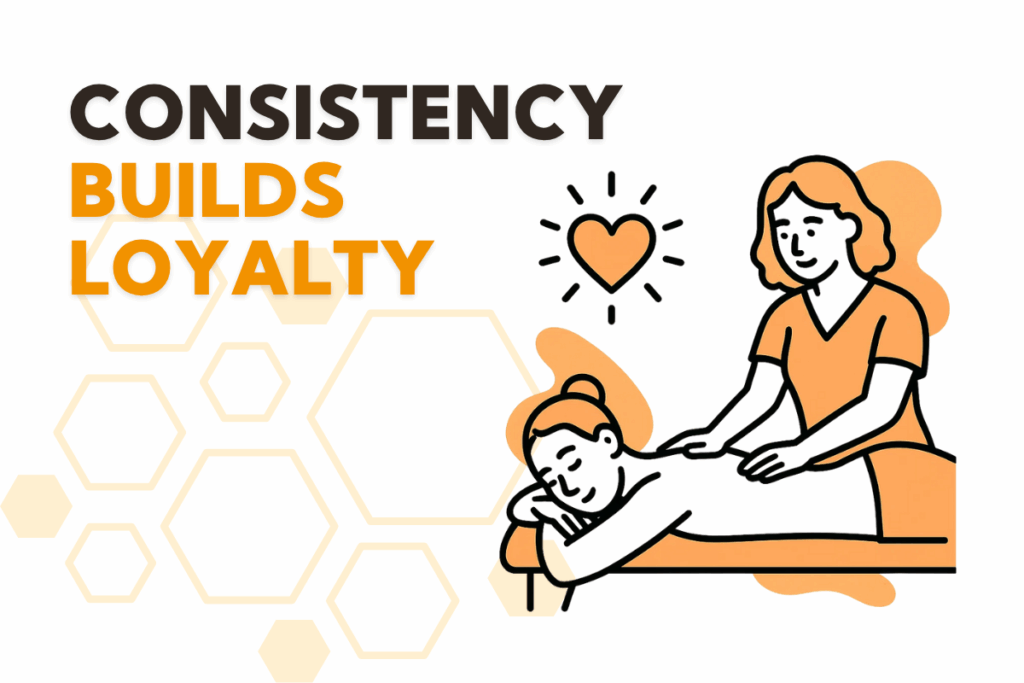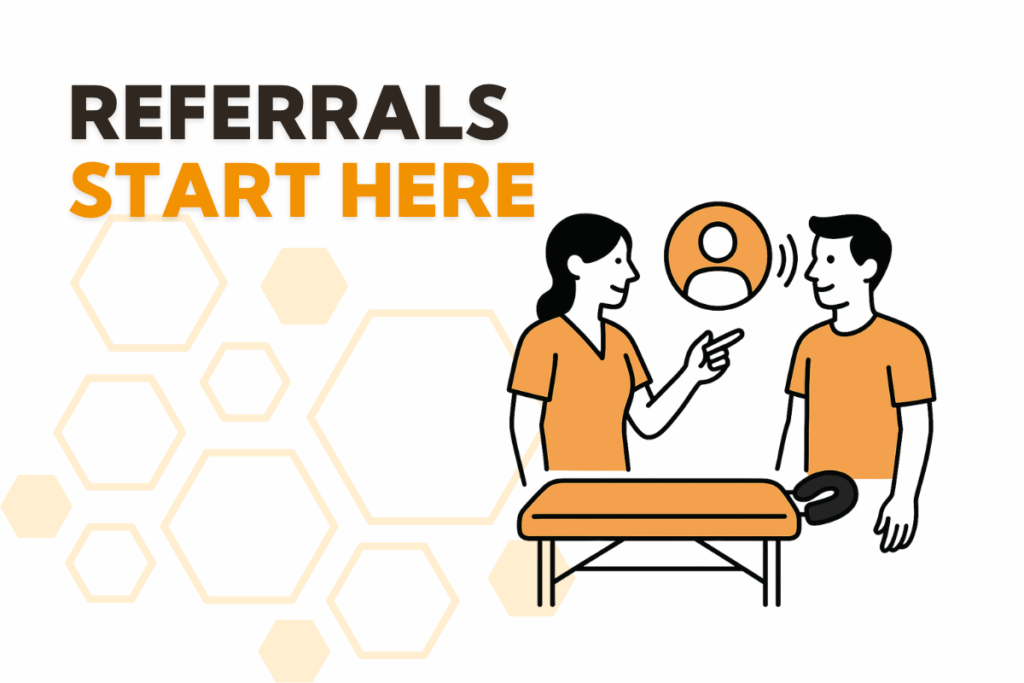How to Attract More Clients and Build Trust Through Video in 2025
Create engaging video content to connect with new clients, build trust, and grow your massage therapy business—because in 2025, it’s no longer just a nice-to-have, it’s essential. Potential clients aren’t simply searching for massage services; they’re evaluating your presence, professionalism, and personality before ever reaching out. They want to see your clinic, hear your voice, and understand your approach to care. Video gives them a window into what makes your practice unique—and when done right, it becomes one of the most powerful tools in your marketing toolkit.
Yet for many massage clinic owners, the idea of stepping in front of a camera or producing regular content feels overwhelming. You’re already managing a packed schedule, caring for clients, and handling the day-to-day operations. The thought of learning video tools or filming yourself can seem like one more thing you don’t have time for.
That’s why this guide is here—to simplify the process, help you overcome the most common barriers, and show you how to create video content that’s authentic, effective, and actually fits into your workflow. With the right strategy, video won’t just attract more clients—it will strengthen relationships before they even walk through your door.
Why Every Clinic Should Create Engaging Video Content
Build Real Connection Before Clients Walk In
Video allows you to show—not just tell—who you are and what your practice stands for. A 60-second clip of you talking about your approach to injury recovery, or a quick walkthrough of your clinic, builds more connection than a long paragraph on a website ever could.
Improve Online Reach and Visibility
Search engines and social platforms prioritize video content, meaning your clinic is more likely to be discovered by people actively searching for massage therapy services. Clinics that consistently create engaging video content often show up higher in results, attract more clicks, and convert more viewers into paying clients.
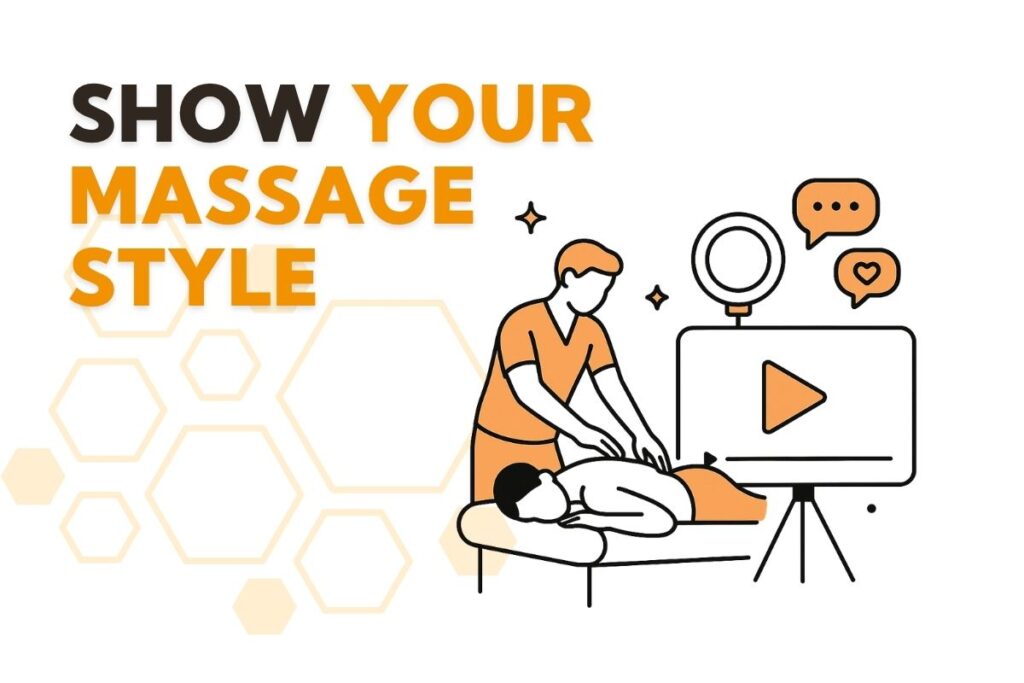
The Most Common Roadblocks to Video Content—and How to Get Past Them
You’re Not a Videographer
Most massage therapists aren’t trained to film, edit, or publish video—and that’s okay. The good news is, you don’t need professional gear or experience to start. Your smartphone, good lighting, and a clear voice are all you really need to create engaging video content that feels authentic.
You’re Too Busy
Running a clinic and treating clients doesn’t leave much room for content creation. That’s why the key is not to do more, but to plan smarter. A content calendar, batch filming, and repurposing footage can make video a sustainable part of your routine.
You Feel Awkward on Camera
You’re not alone. Many therapists feel self-conscious at first. Start with videos where you don’t need to be on screen—like treatment walk-throughs, narrated tips, or visuals of your space. As you gain confidence, being on camera will feel more natural.
You’re Not Sure What to Post
Should you talk about your services, share tips, or tell your story? The answer is all of the above. A simple rotation of educational clips, testimonials, behind-the-scenes looks, and FAQs can keep content fresh and valuable.
A Simple Strategy to Create Engaging Video Content That Works
Step 1: Choose Your Core Video Types
Start with 3–4 video formats that feel doable and relevant. Here’s a breakdown:
- Quick Tips: 30-second clips on how massage can help with posture, stress, or recovery.
- Client Testimonials: With consent, capture real stories of how your treatments have helped.
- Treatment Explainers: Walk clients through what to expect during a session.
- Behind-the-Scenes: Showcase how you set up your space or prep for appointments.
Step 2: Batch Record to Save Time
Pick one morning a month to film 4–6 short videos. This reduces setup fatigue and ensures you always have fresh content ready to go.
Step 3: Use What You Have
You don’t need to buy expensive gear. A phone, a small tripod, and some good window lighting can take you a long way. Clip-on mics can boost audio for under $40.
Step 4: Add Value, Not Pressure
The goal is to educate, support, and connect—not perform. When you create engaging video content that answers real client questions or helps them feel more prepared, you’re already doing it right.
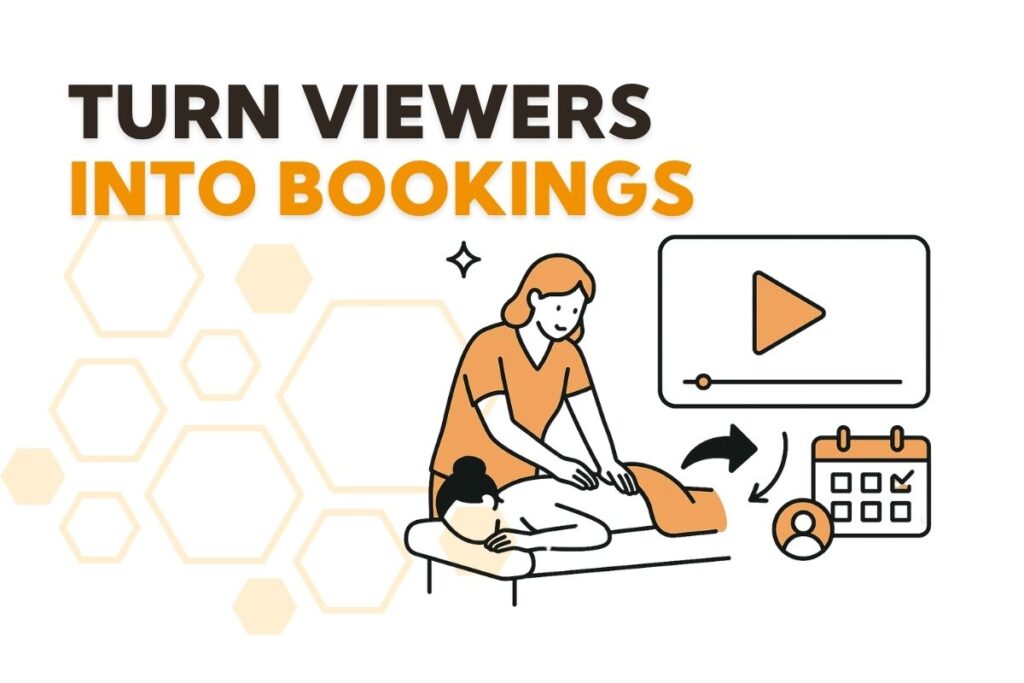
Platform Tips for Getting the Most Out of Your Content
YouTube
Best for longer tutorials and more detailed topics. Title your videos using long-tail keywords like “Massage Therapy for Runners” to boost visibility.
Instagram Reels & TikTok
Short, dynamic, and perfect for bite-sized tips or “a day in the life” style content. Be clear and professional, and add subtitles to improve accessibility.
Ideal for community updates, Q&As, or longer testimonials. Share behind-the-scenes content to engage returning clients.
Bonus Tip
Embed your videos into your website, blog, or service pages. This not only improves SEO, but keeps visitors engaged longer.
Use Video to Strengthen Trust and Drive Bookings
When clients see your face, hear your voice, and get a genuine sense of how you approach care, it builds trust before they even walk through the door. In a field as personal as massage therapy, familiarity and authenticity are powerful drivers of connection.
You don’t need to go viral or master complicated marketing tactics—you just need to show up consistently with a message that feels real. Share what you believe in, what clients can expect, and why you love what you do. That honesty is what turns first-time visitors into loyal, long-term clients.
Ready to make booking as personal and seamless as your care? Explore Hivemanager’s Online Appointment Scheduling and create a system that supports trust and consistency from the very first click.
Video Is More Than Marketing—It’s Client Care Before the First Session
Video content builds trust before a single word is spoken in person. It bridges the gap between curiosity and commitment, giving potential clients the reassurance they need to take that first step. Whether you’re demonstrating a technique, introducing a new service, or simply offering a warm welcome into your clinic space, each video becomes a reflection of the care and professionalism clients can expect from you. It’s not about selling—it’s about serving.
Even one thoughtfully crafted video per week can dramatically increase your clinic’s visibility, enrich the client experience, and reinforce your presence as a trusted provider in your community. It’s not about being flawless on camera—it’s about being real, reliable, and reachable. In a digital world where people crave human connection, showing up through video can be the difference between being noticed—and being chosen.
FAQs
Use simple tools like Canva Video Editor or CapCut. They’re easy to learn and don’t require any editing background. Start with basic cuts and add text if needed.
That’s totally fine. You can narrate over treatment clips, show your setup process, or film relaxing visuals from your clinic. Many effective videos never show the therapist’s face.
Aim for one video per week. Batch filming helps you stay ahead and consistent. Repurpose content across platforms to get more mileage out of every video.
Yes. Clinics that consistently create engaging video content often see higher booking rates because potential clients feel more confident before reaching out. It’s a powerful trust-builder.


